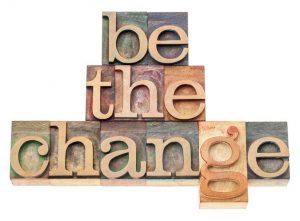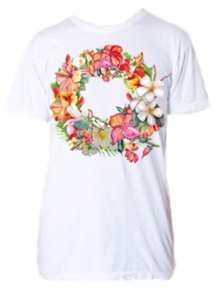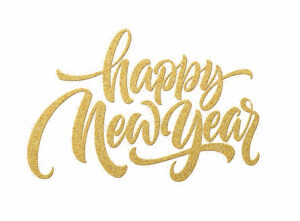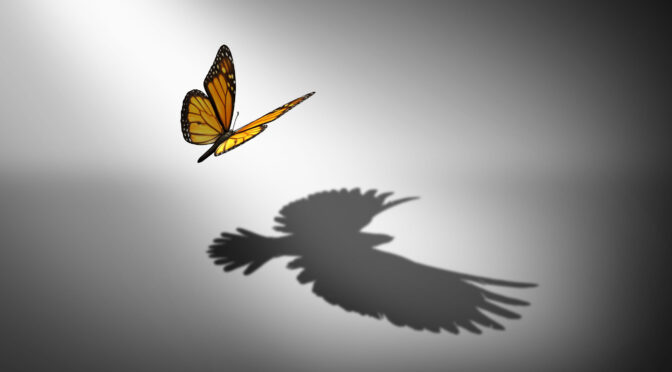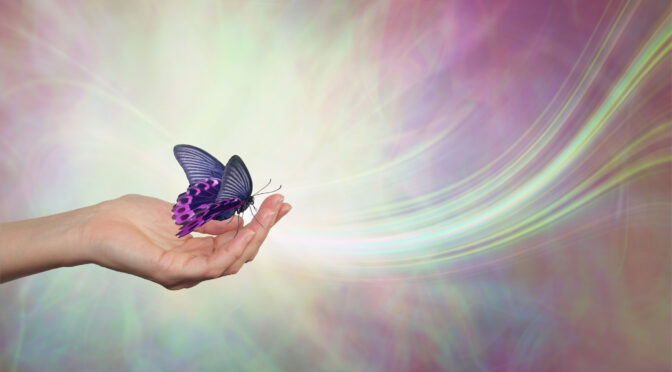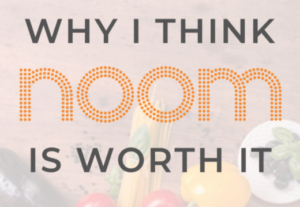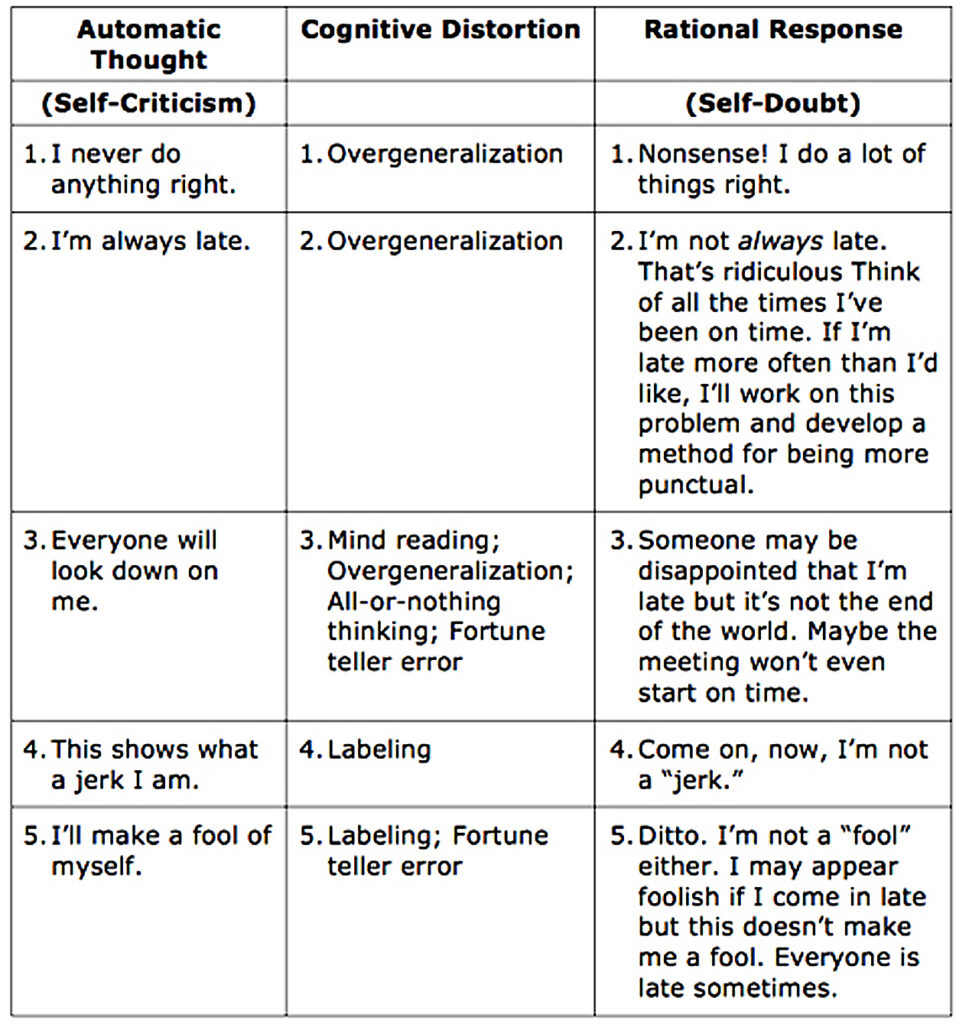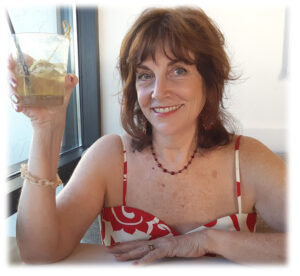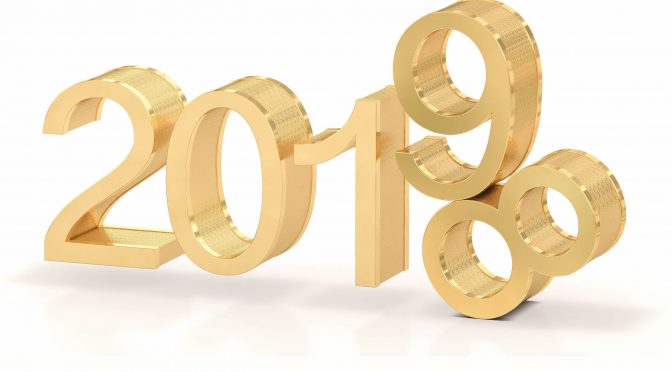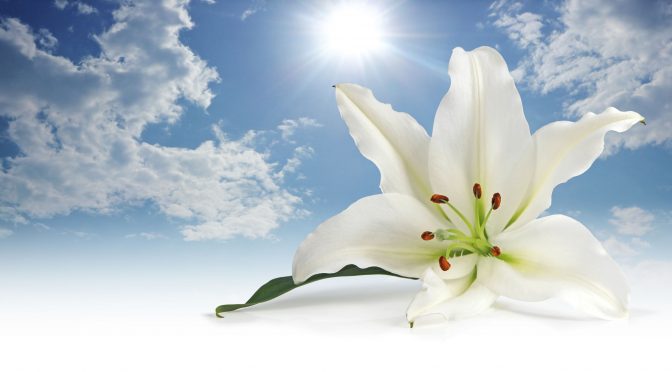My Journey with Mindfulness
Ever since we moved from Oahu to Arizona in 1996, we’ve tried to keep the Aloha spirit alive, at least within ourselves, as a guide for how to live a better life. There’s no question that we all live in an over-stimulated and hectic world, trying our best to stay afloat, pay the bills and get’er done. We take on a lot of duties and responsibility, and lately, we’ve found ourselves in the midst of some overwhelming negativity and divisiveness.
It’s easy to become consumed by the anxiety all of this activity produces, and then easily lose sight of the things that truly nurture us and allow us to find a modicum of peace. We had always cherished our dream of returning to the islands, which did provide us with a focal point as we moved along. But dreaming wasn’t calming enough.
When I was feeling such intense anxiety a few years ago that I actually experienced heart palpitations on my way to work, I knew it was time to PAY ATTENTION. Notice I didn’t finish that sentence with “. . .and DO something!” That is the key. I needed to stop DOING and start BEING.
I started to learn more about being MINDFUL.
Greater Good Magazine, a publication from The Greater Good Science Center at the University of California, Berkeley, defines mindfulness as:
“ maintaining a moment-by-moment awareness of our thoughts, feelings, bodily sensations, and surrounding environment, through a gentle, nurturing lens.
This lens helps us to pay attention to our thoughts and feelings without judging them—without believing, for instance, that there’s a “right” or “wrong” way to think or feel in a given moment. When we practice mindfulness, our thoughts tune into what we’re sensing in the present moment rather than rehashing the past or imagining the future.”
Piece of cake, right? I can do that!
We are such creatures of habit, caught up in the aforementioned goal-oriented chaos, it’s not all that easy to find the quiet.
Baby steps.
Taking baby steps works best for me to avoid becoming overwhelmed with something new. It’s actually helped me for years as an instructional designer, developing training solutions for performance issues in the workplace. Although it wasn’t referred to as baby steps; we called it “an instructional design methodology.” Instead of seeing an overwhelming training need and not knowing which of many options to use to develop a solution, I needed to break it down into. . . .steps. One of numerous versions of these steps in instructional design is called ADDIE – Analysis, Design, Development, Implementation, and Evaluation – five suggested steps to follow do delve through a training issue. This approach served me well in the corporate world to avoid outright panic.
Same approach holds for learning mindfulness. Baby steps.
My first step was to learn what mindfulness was and how it could help me.
Mindfulness is the basic human ability to be fully present, aware of where we are and what we’re doing, and not overly reactive or overwhelmed by what’s going on around us.
My first exercise was to train my focus on a single thing, a single activity, a single sensation. Sometimes a breathing exercise helps here. Focus on your breathing. Don’t think about the meeting you have this afternoon, what you’re going to say to the new boss, how you’re going to find the report you need for tomorrow, etc.
Draw your attention to your breath. Breathe in and breathe out. Baby steps. Focus on your breath. Nothing more. Notice where it comes from in your body – how does it feel to breathe deeply – where does that breath go when you exhale – does it come through your nose? Your mouth? Does your stomach move? Your chest?
Focusing on ONE thing has a calming effect.
I have to chuckle at what my first exercise was. I was frantically trying to get ready for work, washing and drying my hair, putting on makeup, deciding on what I was going to wear, being aware that I was running late, realizing that meant I was probably going to get stuck in traffic, making it impossible for me to get a parking spot near the entrance, forcing me to park far away and having to take even more time walking, fretting that the shoes I was planning to wear hurt when I had to walk too far, being late when I knew there was an important meeting this morning was not going to be seen positively by my coworkers or my boss, adding to the minor conflict I had with my boss yesterday, probably resulting in some kind of confrontation today, perhaps even putting my job in jeopardy, etc., etc. How am I going to get through this, to get’er done without screwing up?
Got to calm down.
Hair is dry. Got to put in some curlers. I looked at my basket of purple bristly velcro curlers. Here we go. I slowly reached for one purple curler, looked at it, noticed how pretty the purple was, and how scratchy the bristles were, grabbed a hank of hair, slowly rolled the hair around the curler, watching the process in the mirror, reached for a clip to secure the curler, secured it, looked at the masterpiece in the mirror, and then watched in the mirror as I gently grabbed another hank of hair, directed my eyes down to the basket to find the next curler, and deliberately and purposefully continued the procedure, mindfully noticing the purple of the curler, the scratchy feel of the bristles as I picked it up, the smoothness of the hair that I had in my other fingers as I rolled the hair onto the curler, the way I had to hold the curler so the hair would not slip out as I wound it up to my scalp, the feel of the clip as I slipped it into the side of the curler to secure it to my head.
Had to slow waaaaaaay down to do all that focusing, one curler at a time. But it was my start at understanding how to keep the anxiety at bay; to be mindful.
I realize mindfulness is so much more than focusing on one thing at a time, but this is how I helped myself re-direct my hysteria and random energy from ALL OUT THERE to JUST IN HERE.
Then, on my drive to work, I felt those annoying palpitations again. . . .what the heck??? I’m going to be late, going to never find a parking spot, the traffic ahead looks like it’s slowing down, something must be going on, now I’ll really be late.
Need to calm down. Need to focus, but still need to drive safely. I focused on my right hand on the steering wheel toward the top, my left hand on the steering wheel close to 10 o’clock, the distance between my car and the one in front of me, “I’m carefully driving to work right now. That’s all I’m doing.” Right hand, left hand, car in front of me. Driving. It actually made me giggle.
The palpitations actually stopped. OK, I’m onto something here. There’s something about this mindfulness stuff.
All of this is my way of showing how non-threatening or complicated it is to ease your way into becoming more open to the idea of mindfulness. Tip of the iceberg. Teeny, tiny tip of the iceberg. I have so much more to explore and learn, and look forward to the ongoing practice of trying to pay attention and not get lost in the cacophony.
In my next few posts I’ll include links to some fun and easy exercises to help you on your journey.

Visit our online store at: www.etsy.com
Contact us at: [email protected]
<Back
<Home>
